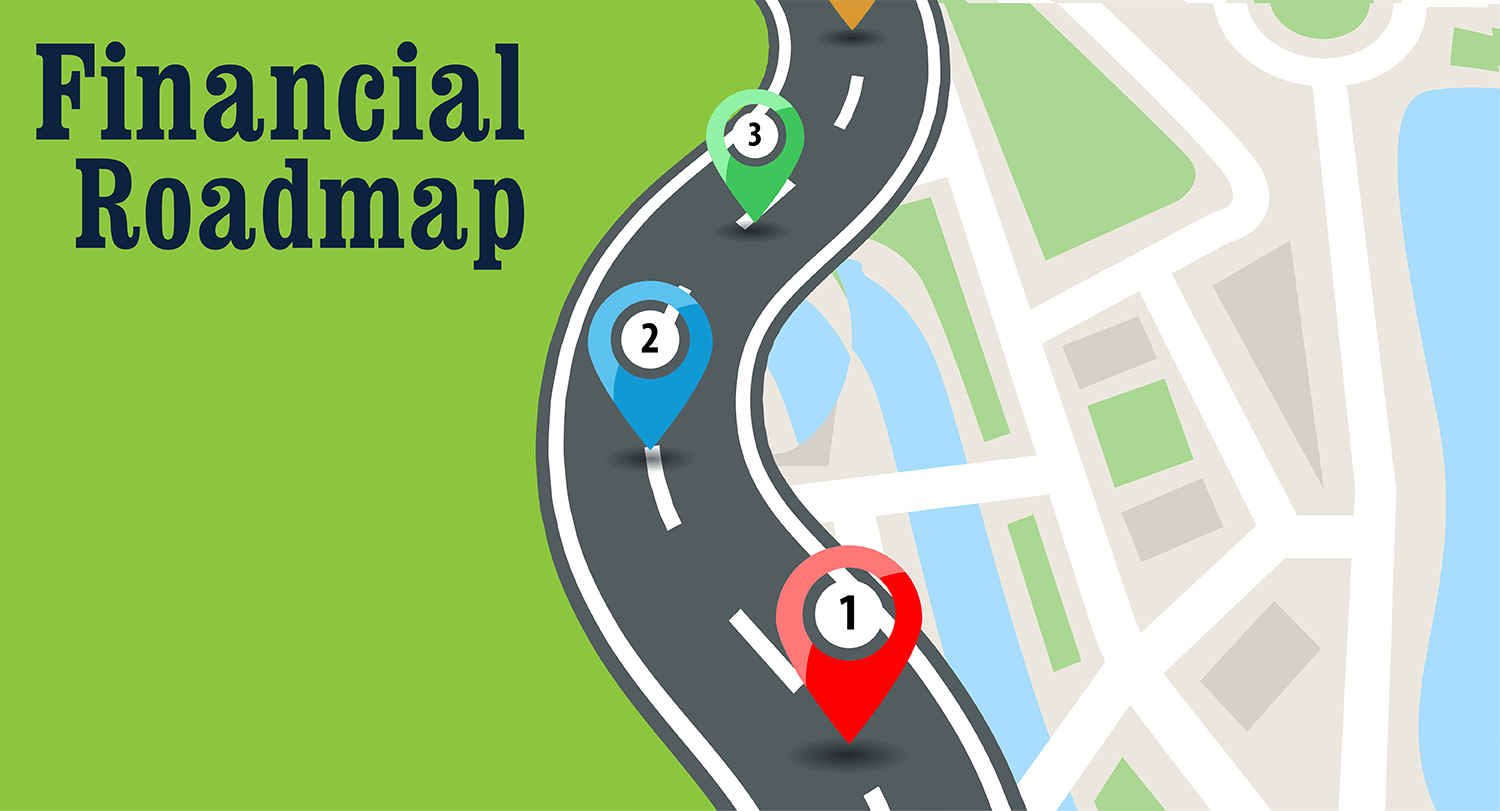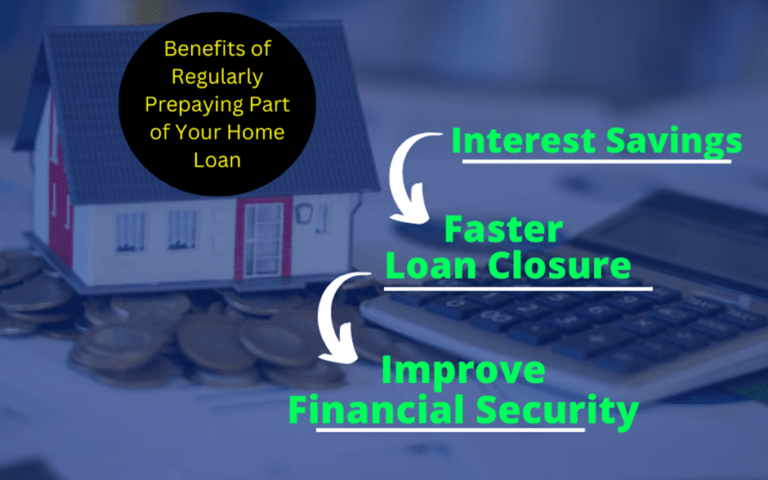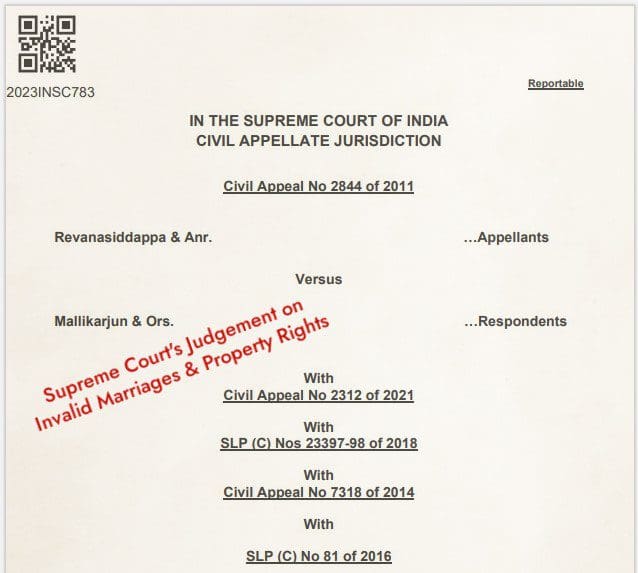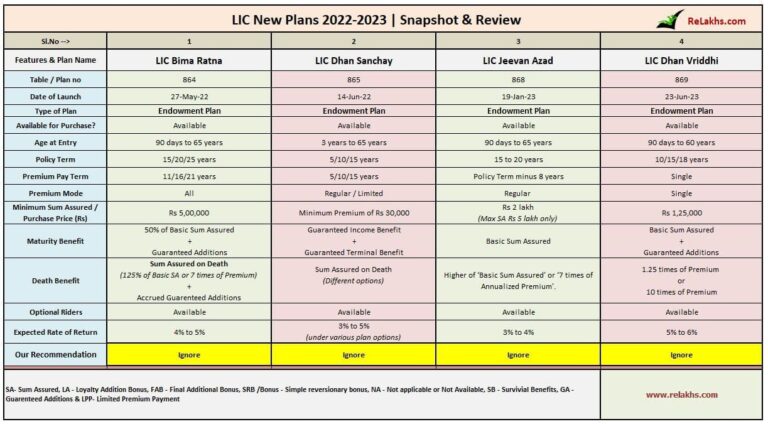Achieving financial success isn’t just about earning more—it’s about having a clear plan. Without a roadmap, your finances can become directionless, leading to wasted opportunities and financial stress. A well-structured financial roadmap helps you set goals, track progress, and stay on course toward financial security. Let’s explore the essential steps to building a roadmap that will accelerate your journey to financial success.
1. Define Your Financial Goals
“A goal without a plan is just a wish.”
Start by identifying what you want to achieve with your money. Goals can be short-term, mid-term, or long-term:
- Short-term (0-2 years): Building an emergency fund, paying off a credit card, saving for a vacation.
- Mid-term (3-7 years): Buying a home, starting a business, saving for a car.
- Long-term (8+ years): Retirement planning, wealth building, financial independence.
Write down your goals with specific timelines and dollar amounts. This clarity will give you direction and motivation.
2. Assess Your Current Financial Situation
“You can’t improve what you don’t measure.”
Before making progress, understand where you stand financially:
- List your income sources (salary, side hustles, investments).
- Document your monthly expenses.
- Calculate your total savings and investments.
- Identify your debts and interest rates.
This step provides a snapshot of your financial health and helps you identify areas for improvement.
3. Create a Budget That Aligns With Your Goals
“Every dollar should have a purpose.”
A budget helps you allocate your income efficiently. Use the 50/30/20 rule as a guideline:
- 50% on necessities (housing, utilities, food, transportation).
- 30% on discretionary spending (entertainment, dining out, hobbies).
- 20% on savings and debt repayment (retirement funds, emergency savings, loans).
Adjust these percentages based on your personal goals. Automate savings and bill payments to stay consistent.
4. Build an Emergency Fund
“Prepare for the unexpected before it happens.”
Life is unpredictable, and financial setbacks can occur. An emergency fund acts as a safety net, preventing you from falling into debt when unexpected expenses arise.
- Aim to save 3-6 months’ worth of expenses in a high-yield savings account.
- Start with a small goal (e.g., $1,000) and gradually increase it.
Having an emergency fund reduces financial stress and keeps your financial roadmap intact.
5. Pay Off High-Interest Debt
“Debt is a burden that slows down your financial progress.”
Prioritize paying off high-interest debt (such as credit cards) to free up more of your income. Use either:
- The Debt Snowball Method: Pay off the smallest debt first for quick wins and motivation.
- The Debt Avalanche Method: Focus on high-interest debt first to save money on interest.
Be consistent with your payments and avoid accumulating new debt.
6. Invest for the Future
“Wealth isn’t built overnight—start investing early.”
Investing helps grow your money over time. Consider different investment options based on your risk tolerance and goals:
- 401(k) or IRA: For retirement savings (maximize employer matching if available).
- Index Funds and ETFs: Low-cost, diversified investments for long-term growth.
- Stocks, Bonds, or Real Estate: Higher potential returns with varying levels of risk.
Start small if needed, but prioritize investing to take advantage of compound growth.
7. Continuously Monitor and Adjust Your Plan
“Financial plans should evolve as your life changes.”
Regularly review your financial roadmap to ensure you’re on track:
- Check your budget and adjust as needed.
- Reassess your goals annually.
- Track progress on savings and debt repayment.
Life circumstances change, and so should your financial plan. Stay flexible and adjust your strategies as needed.
Final Thoughts
A well-crafted financial roadmap puts you in control of your money and accelerates your journey toward financial success. By setting clear goals, budgeting wisely, managing debt, and investing for the future, you can achieve financial stability and build long-term wealth.
Start planning today, and take charge of your financial future!










